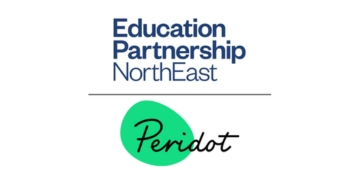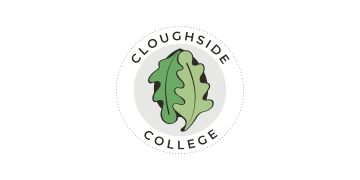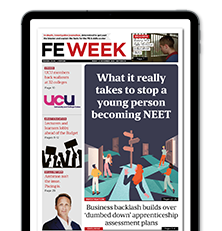The proliferation of artificial intelligence has sparked fierce debate among educators. While some FE institutions are tentatively welcoming this new technology, others have battened down the hatches in an effort to keep AI at bay.
But, as teaching staff squabble, students have already begun to adopt AI in droves.
This is no surprise as AI-fluent employees are the pick of the crop for hiring managers. For adults navigating the job market, knowing how to use AI effectively is a top priority.
The education system’s resistance to AI is a thorn in the side of students’ future work prospects. To ensure that they enter work with crucial digital skills, the FE sector needs to drop its AI aversion and build this technology into the curriculum.
I want to see educators not just accept AI but actively embrace it. Teachers must take a step back and consider how AI can be used, ensuring that students are taught core digital skills.
It is also vital that FE institutions offer upskilling support for staff, empowering them to make informed decisions about AI. And, above all, teachers must emphasise the importance of responsible AI usage alongside fundamental learnings.
AI is reshaping the jobs market well beyond the tech sector. Finance, pharmacy, business leadership – even creative industries like marketing and design are on the lookout for AI talent as businesses scramble to prepare for the future.
To ready students for the workplace, they must be taught the fundamentals, such as how to successfully leverage AI tools to drive results, engagement or productivity.
Educators should turn to hiring managers and industry professionals to understand the skills that companies are hiring for – whether that is teaching data literacy to marketing students, enabling them to interpret and leverage customer data for future campaigns, or helping business students to translate AI insights into tangible business solutions.
Educators can then target these specific, sector-relevant skills in their learning plans, setting tasks or assignments that test their capabilities – like their ability to craft clear and precise prompts or extrapolate information from an AI-generated dataset.
But embracing AI does not mean just reaching for the nearest chatbot. The FE sector must ensure that each course has a bespoke digital solution. What might work for mathematics won’t necessarily work for language studies. Educators must ensure the tools they build into their lessons are right for their students.
With AI’s breakneck pace of development, tools can be quickly rendered obsolete. Educators need to continuously adapt to AI transformation.
To maintain a competitive edge, FE colleges must promote AI literacy in all their staff through mandatory upskilling classes that ensure all educators understand the benefits and use cases of AI in the learning environment. This must be regularly refreshed to ensure AI literacy stays relevant. Because, without a solid understanding of what AI is and how it can be used, teachers risk scrabbling in the dark, picking software that “looks best” or “sounds good”.
Educators need to ensure that AI is used responsibly and in moderation. Alongside new digital skills, students should continue to be taught and tested on core, fundamental learnings, separate from the assessment of AI skills.
In the same way that students might have both open and closed-book exams, course providers should set two distinct assessments – one allowing the use of AI, and one prohibiting it. This way, students are still tested on their knowledge and understanding of key concepts without AI assistance, ensuring they can engage with course content on a critical level.
Students must be taught how to use AI ethically and responsibly. This includes ensuring they are honest about their AI usage – and that covert usage is treated with the same gravity as plagiarism where it has been prohibited.
In the current, cut-throat market, having a firm grasp of AI is the competitive advantage job hunters need to get ahead of their peers. But the education sector’s hesitancy risks holding students back.
















Your thoughts